“Where there is energy and dynamism, there is a market,” says Henry Howard-Sneyd, longtime chair of Asian art at Sotheby’s and founding member of the Asian Art in London (AAL) event, which takes place at the end of this month. Howard-Sneyd is only too aware of the “constant flux and flow of the Asian art market”, as he puts it. He and his colleagues in London have witnessed waves of new buyers from Japan in the 1980s and ’90s and from China more recently, whose aggressive bidding peaked in 2015.
Tastes have changed and power has shifted to New York, Hong Kong, mainland China and Paris. Yet this autumn season offers a reinvigorated London scene, with world-class, museum-quality pieces again on offer in saleroom and gallery, in part thanks to a forthcoming EU law on artwork origins.
Iwona Tenzing, whose gallery Tenzing Asian Art is making its debut at the Frieze Masters art fair next week, cited not only the “unparalleled exposure to an international audience” as a reason to show at the fair but also uncertainties arising from a 2019 EU law restricting the importation of “non-European” art into the bloc, which is expected to become operational by June 2025. Briefly, this requires proof that an object more than 200 years old and valued in excess of €18,000 was legally exported from the country of origin (itself not necessarily easy to determine, given changing geographical borders).
For works of art that left those countries centuries or even a few decades ago, this may prove an impossible paperchase. A theoretically laudable law aiming to restrict the illicit trade in cultural property is likely to have a profound effect on collectors, dealers and auction houses, and give London, which has lost ground to Paris, a distinct advantage now that it is outside the EU.
Tenzing, which has galleries in San Francisco and Hong Kong, will unveil a Tibetan thangka (scroll painting in distemper and gold on cloth) of the Buddha Vairocana dating to the late 12th or early 13th centuries, described as one of the rarest and most significant surviving examples of the period and priced at several million dollars.

Asian art has always been shown at Frieze Masters, but the arrival of the veteran Chinese art specialist Gisèle Croës in 2018 proved a game-changer. As a member of the fair’s selection committee, she argued for a more global representation of art and for an expansion of its range of older art, Croës explains from her Brussels gallery. At her suggestion, New York dealer Carlton Rochell joined the fray, contributing outstanding Buddhist and Hindu sculpture — Khmer, Indian and Gandharan. Last year, another New York dealer, Japanese specialists Thomsen Gallery, arrived; Erik Thomsen reported sales of several important works. This year, Thomsen’s folding screens and scroll paintings will be complemented by gold lacquer boxes, medieval stoneware jars and ikebana baskets.
Croës’s own stand also reflects Frieze Masters’ expansion into the realm of the more traditional antiques fair. Lined with late 18th- or early 19th-century Chinese wallpaper panels, she has created the “salon of a collector”, with lacquer furniture, imperial champlevé enamel garden stools — thought to have belonged to Marcel Proust — and bejewelled silver and silver gilt jardinieres (prices €40,000-€350,000).

Hong Kong/London-based newcomer Rossi & Rossi is presenting painters from the postwar Bombay Progressive Artists’ Group. Gana Art joins three existing gallerists from Seoul, presenting a solo show of Kim Kulim, a central figure of the Korean avant-garde. Shibunkaku of Kyoto presents postwar Japanese calligraphy, paintings and ceramics.
As Howard-Sneyd points out, this emphasis on Modern and contemporary ceramics, painting and printmaking in the broad London scene marks one of the biggest shifts in taste since the launch of AAL in 1998. The first of such citywide initiatives bringing together specialist galleries, auction houses and museums, the event reflects unusually close collaboration between the art trade this year: the leading auction houses are giving space in their showrooms to visiting commercial galleries and private dealers for the first time.
Three main ground-floor spaces at Sotheby’s will present stock from 12 galleries, including a show by the blue-chip contemporary Asian art specialist Sundaram Tagore, with jewellery, textiles, arms and armour among the mix. Altogether, the seven participating auction houses are adding 21 auctions of Asian and Islamic art to the 25 or so dealer shows. The most spectacular auction lot promises to be an exceptionally rare pair of 16th-century Chinese wucai or “five-enamel” polychrome “fish” jars and covers, with golden carp swimming among swaying lotus and other flora (Sotheby’s, est £600,000-£1mn). Only one other complete pair is known to survive.

In their own gallery in Clifford Street, leading London dealer Eskenazi focuses on the painterly early blue-and-white porcelains from the Yuan and early Ming dynasties ($500,000 to more than $1mn). Included here is another great rarity, a large guan (jar) from circa 1320-52, its panels ornamented with applied and incised flowering shrubs in underglaze copper red. Daniel Eskenazi is expecting to see Chinese clients and US museum curators returning to London. “When there is a critical mass of high-quality works at auctions, fairs and dealer exhibitions, true collectors do come.”
Frieze Masters, October 9-13, frieze.com. Asian Art in London, October 30-November 8, asianartinlondon.com

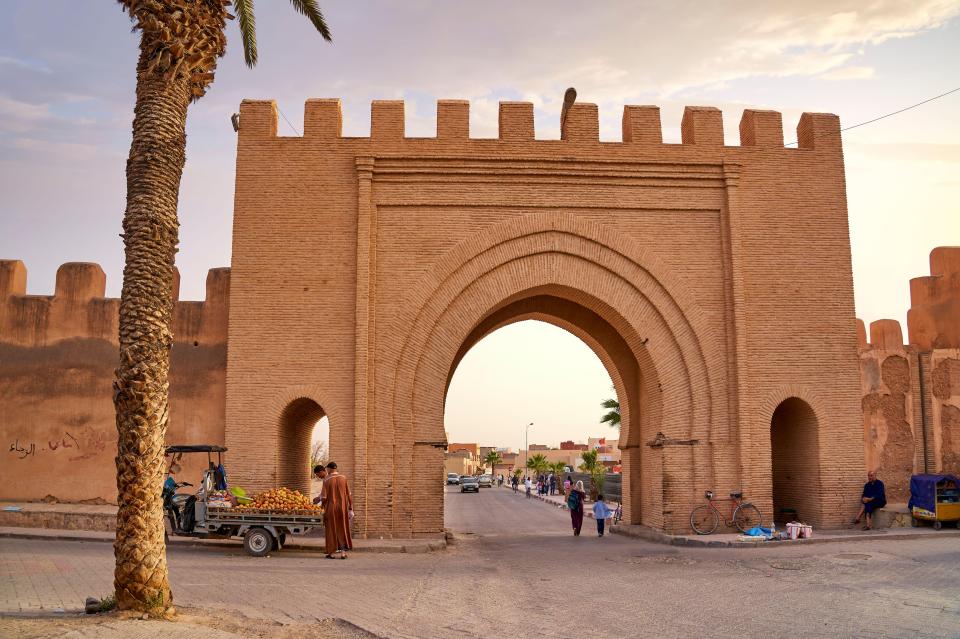
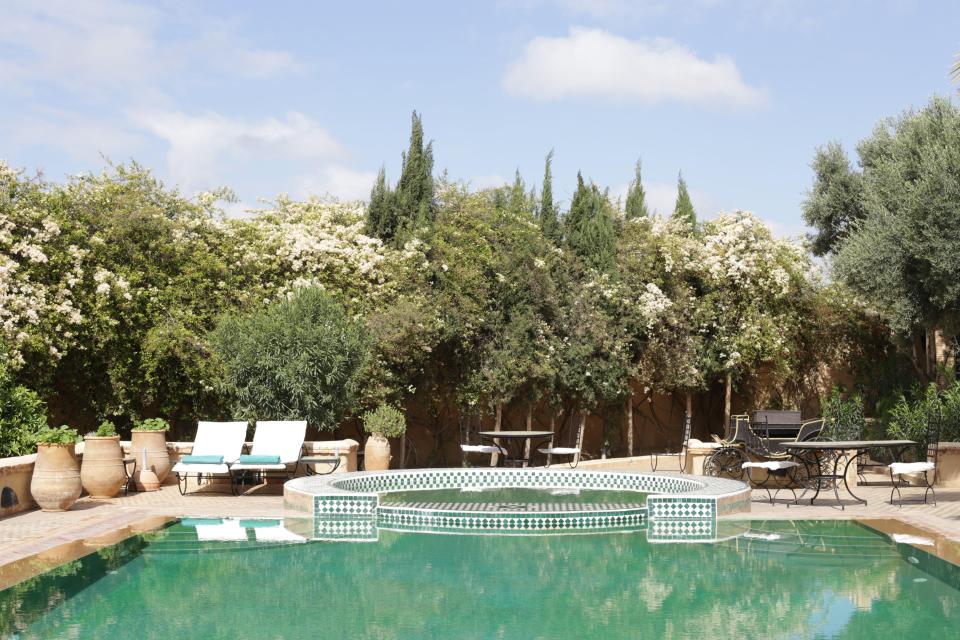
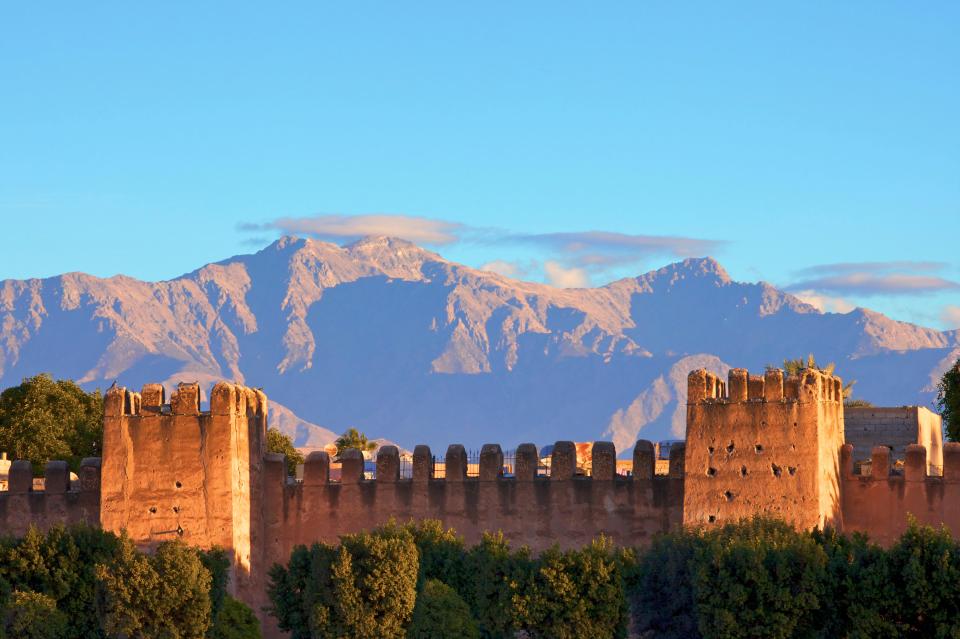
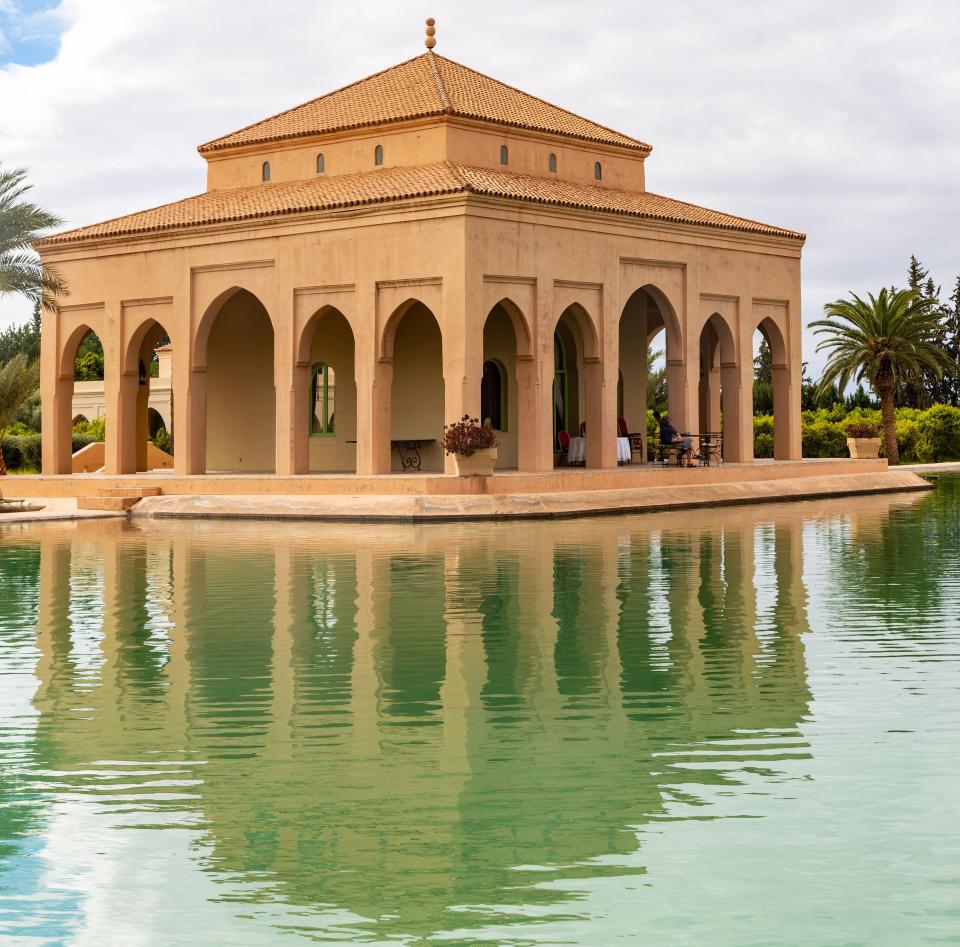
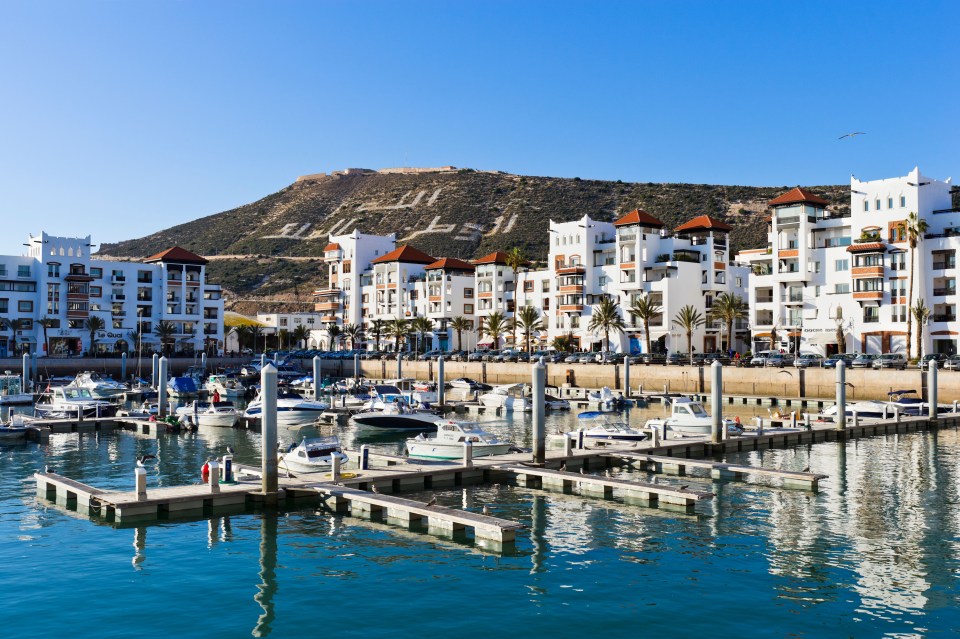





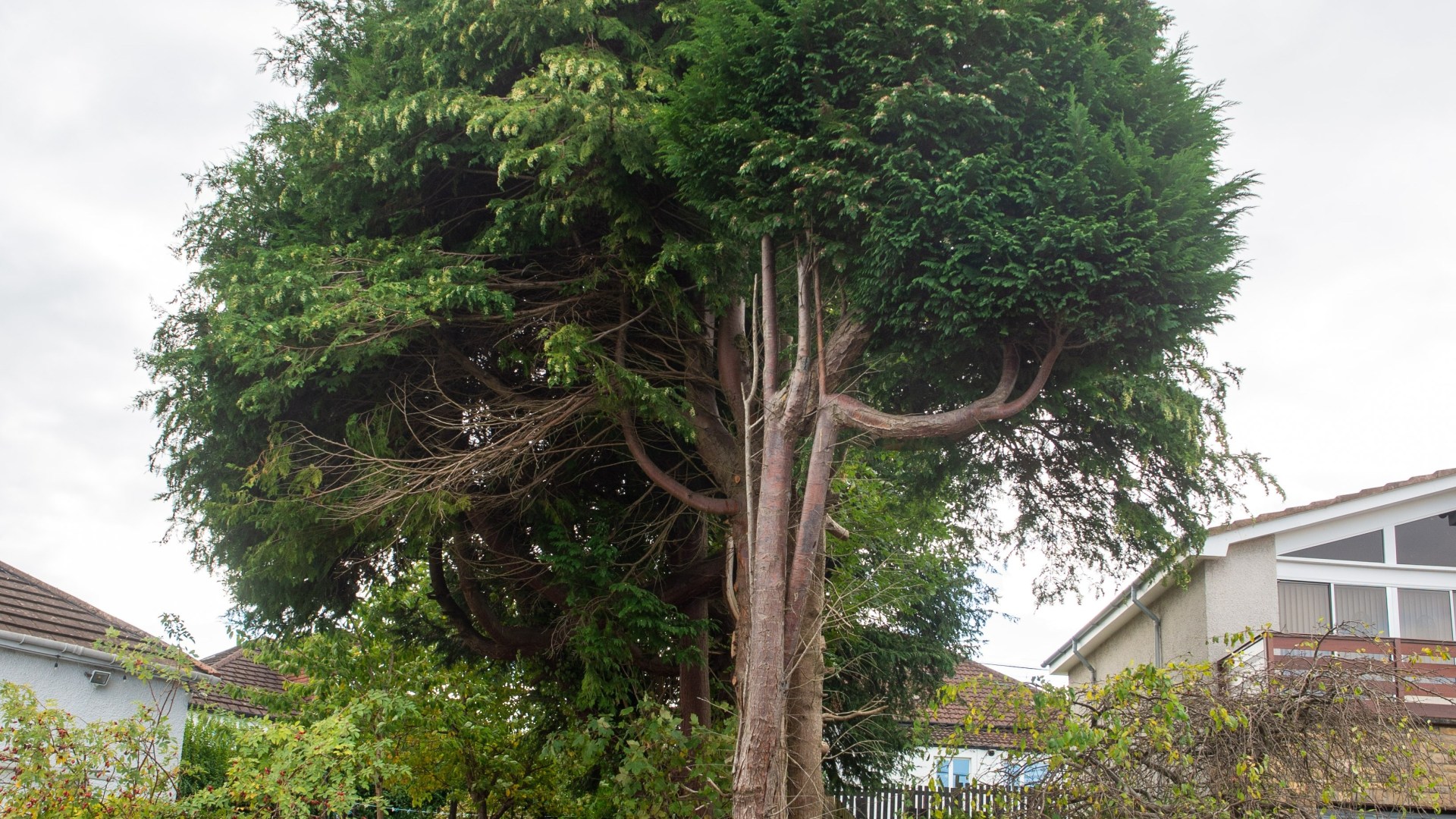








































































































































You must be logged in to post a comment Login